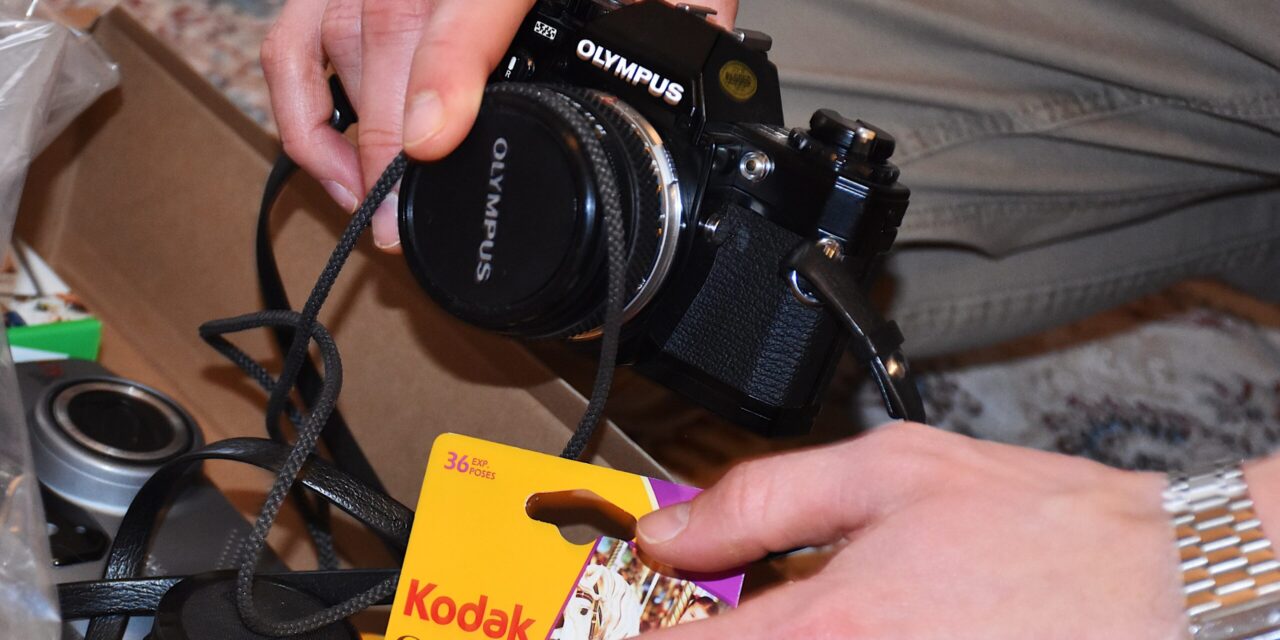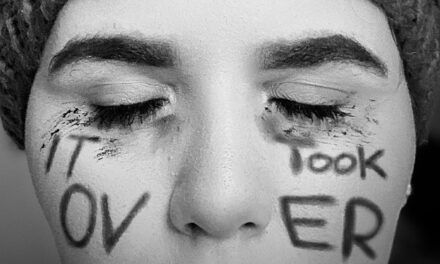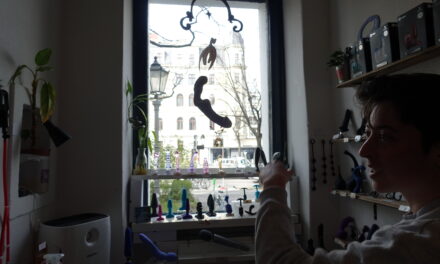Gen Z, a generation born after 1996 that was plunged into a new digital age. With the invention and rise of the digital camera being launched around the year 2000, this group was too young to have consciously witnessed and experienced the downfall of analogue photography. Therefore, only having known digital cameras for most of their life. Why is this generation suddenly taking up such and expensive hobby whilst their phones can make sharper images for free?
I interviewed @Shycameraguy as an expert in the field. He started his analogue Instagram account in August of last year and has rapidly grown from 60 to 7200 followers in a few months. He auctions cameras daily and often sells them within 2 minutes whilst afterwards receiving up to 80 questions about the sold-out item.
How does this generation even discover analogue photography?
The answer is Instagram! This platform has had a big contribution for making analogue photos and cameras known amongst Gen Z. “With artists such as Tyler the Creator shooting film with and among his posse and posting this on the platform, he inspires and influences his young following to maybe do the same. They want to identify themselves with that and so they also buy film.”
Why take up such an expensive hobby?
The answer consists of two parts. “Firstly, we see so much of the present and modern times, which is constantly being projected towards us that people start longing for old things. Better said things from a previous time. This nostalgic concept also applies to vintage clothing and vinyl records.” Says shycameraguy. But analogue photography isn’t cheap. The expenses for a camera, film rolls and the costs for developing, printing and scanning add up. And the chances of getting a roll of film back with blurry under- or overexposed images is big when you’re an amateur, which most of the new rising clients are.
There is also a misconception that mobile digital photography is forever. “But how many photos from your phone do you lose when you buy a new one? Or that you have to delete photos because your phone memory is full? People know that and they are aware that they are buying something tangible when investing in analogue.” When photos are printed, they can be kept forever. Digital seems to be a fleeting object that gets lost in the cloud. It’s truly the process of having to think before shooting a roll and being cautious with every shot that makes it so different from digital and gives it its charm.
On the other hand, film is also just interesting. This generation just wants to play and figure the cameras out. Everything is at such a rapid pace nowadays that the process of having to wait to get you film to arrive, to shoot photos and having to send rolls to lab and wait to see your scans is a pretty groundbreaking stuff for a seventeen-year-old that is used to getting everything in the blink of an eye. Slow living does have a connection to analogue and the enjoyment of the art. Notably there was a striking rise in sales of analogue gear during the first lockdown of corona.

How do they discover film?
What used to be a small corner of analogue cameras in a camera shop is now growing in prominence because of the increase in demand. There have always been stores and websites selling these cameras, but Instagram is the preferred platform for purchasing cameras.
Shycameraguy notices that a lot of people want tips. “About what to buy or where to develop and which camera to have. There are so many web shops and companies that do things that way (via websites) that I kept using Instagram!”. He says at the end of the day people want a community. He also mentions that some of his clients only buy cameras for aesthetic reasons. But that most cherish devoting the time on picking which shot of film to shoot.
Will there be an end?
Expensive cameras such as Leica and Hasselblad have even tripled in price. That just means that the market is growing and there is a lot of demand. Cameras will always be around. The question is, if there will be enough film. A lot of producers have stopped producing film. You just can’t buy certain rolls anymore. Major brands such as Kodak still produce yet others have not seen enough profit to produce. There is also a British producer in Japan that makes minimal profit on film, but still keeps the profession going. There is certainly enough film for 5 years, but if there will be 15 years from now, he does not dare to say.




